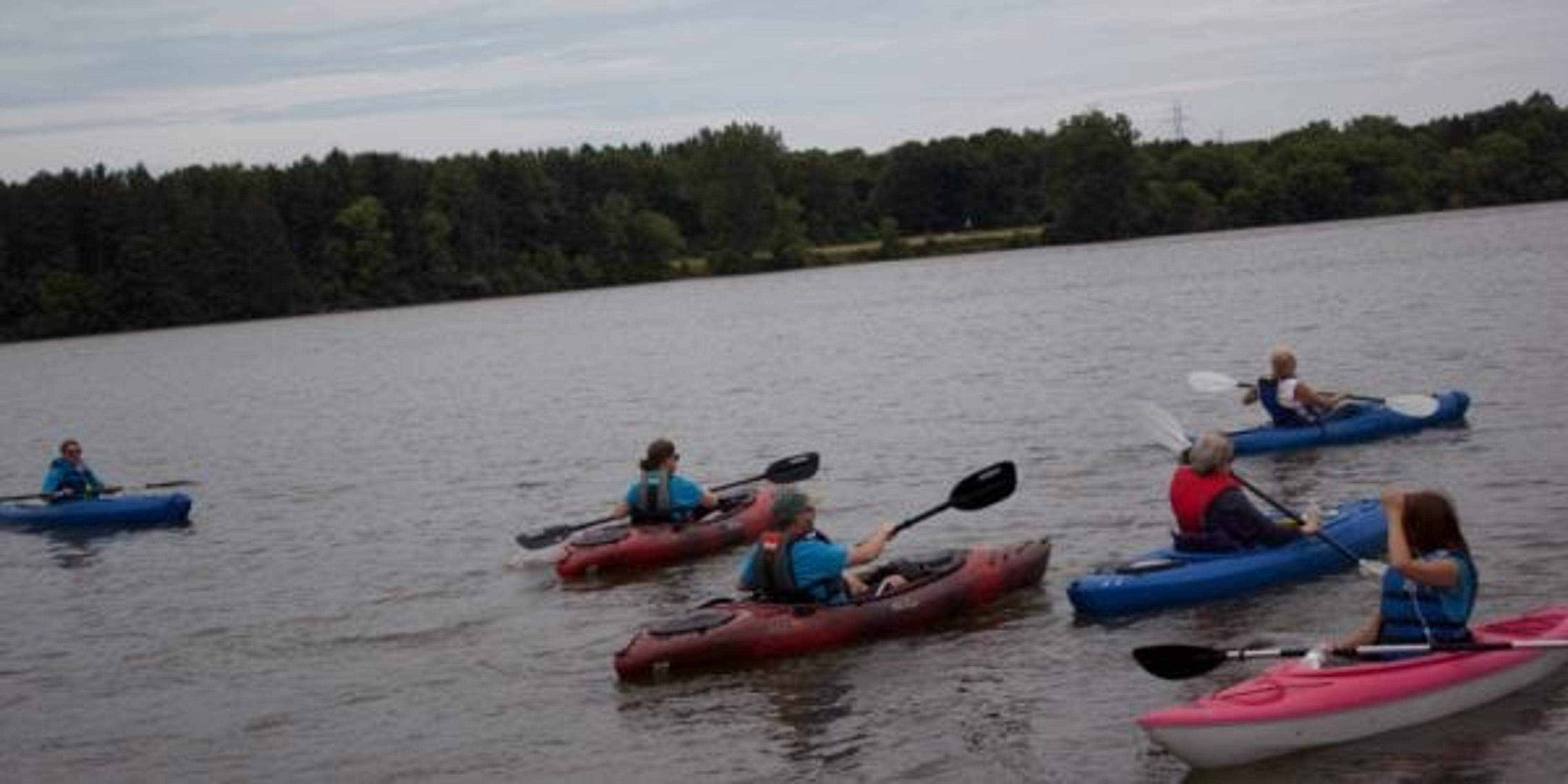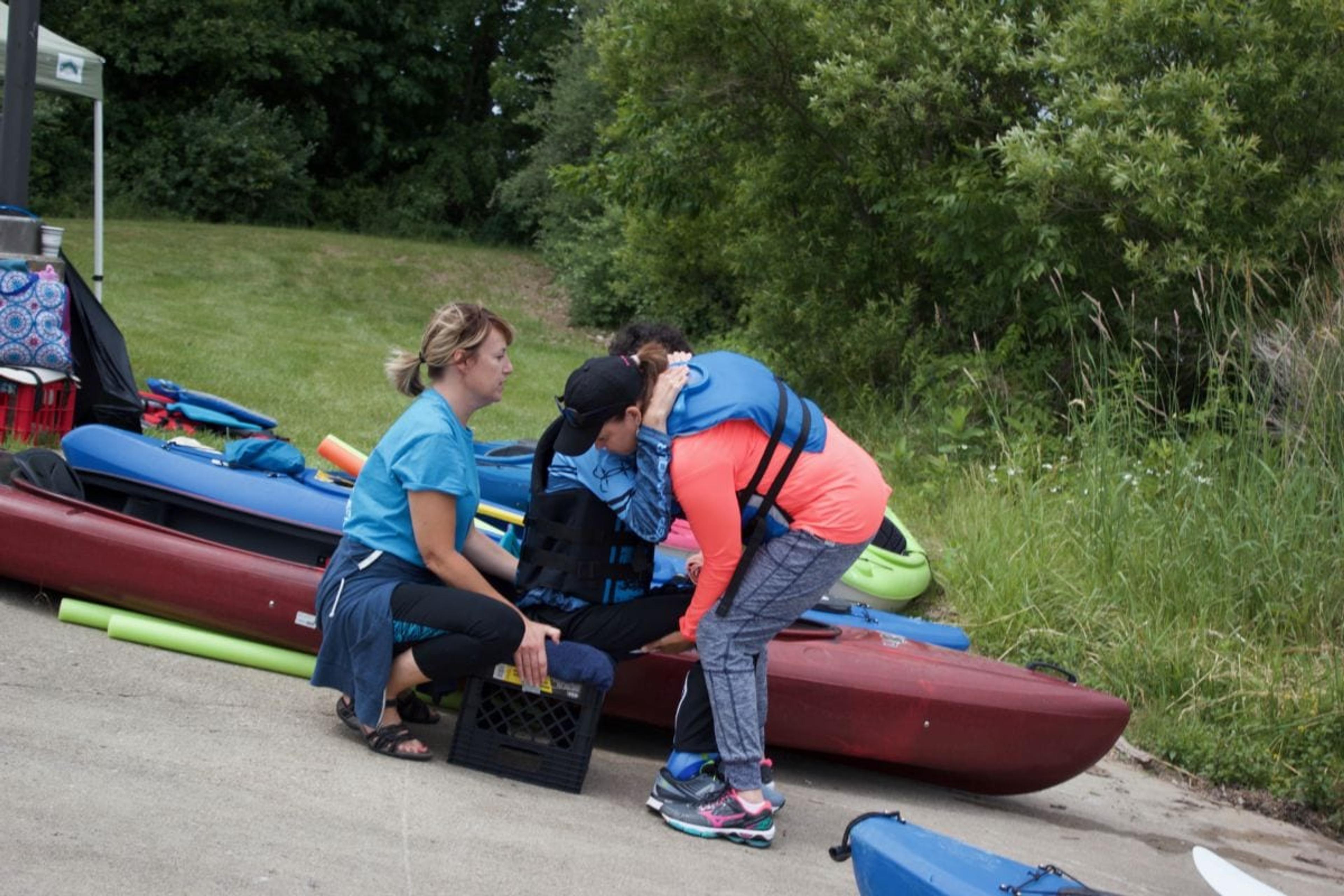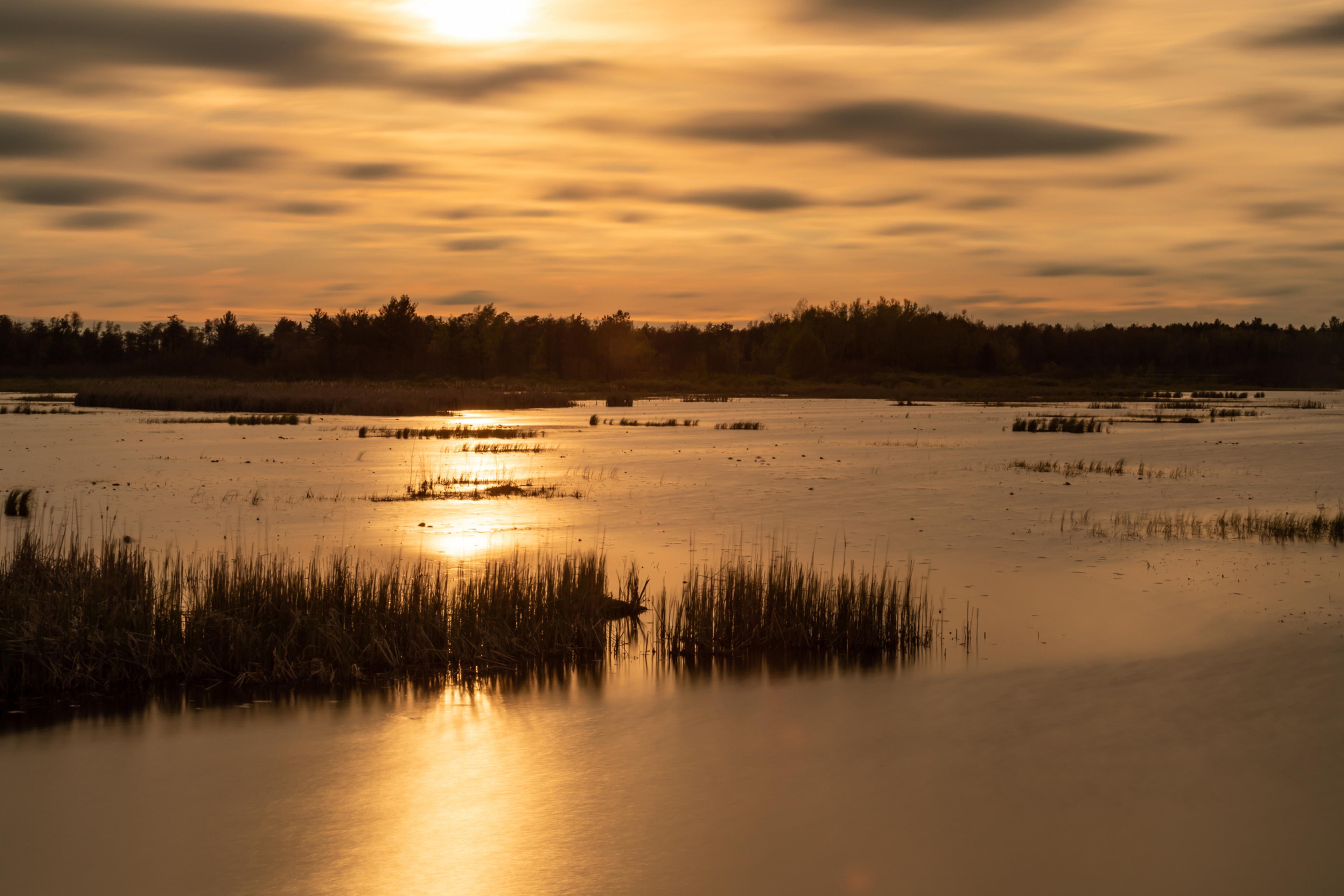My iKayak Experience

Daniel Foy
| 4 min read

On July 22, 2013, I underwent my fourth open-heart surgery: my first heart transplant.
It was an extraordinarily difficult operation in which I suffered a massive stroke to the right side of my brain, which affected the left side of my body. After much determination and more than a year of therapy, I now only have limited gross and fine motor skills in my left arm and hand. My disabled left hand and arm often make daily activities rather difficult.
So I was excited to participate in an adaptive kayaking experience put on by The Disability Network (TDN) of Flint in collaboration with the Flint River Watershed Coalition.
I didn’t know what to expect. I was half looking forward to having fun and the other half scared that the staff at TDN was going to turn something I enjoyed, kayaking, into a chore. This was a common theme with a lot of the therapy I did following my stroke in 2013. I remember the simplest and most fun things back in therapy were turned into chores, including activities such as running on a treadmill, stretching, lifting weights and throwing a ball with my disabled arm and hand.
I typically would’ve enjoyed most of these activities, minus maybe the treadmill, but in turn they were difficult for me and felt tedious rather than fun. I suppose that’s my fault, as I signed up for therapy, not a fun hangout session with my occupational, physical and speech-language therapists. Sure, they tried to make things fun and some were more enjoyable than others but it was therapy, and I was there to work to get myself into better shape, and I needed it.
Fast forward five years or so and I’m writing a story about an adaptive kayaking event for people with disabilities just like me. My fears about kayaking being turned into a chore turned out to be unfounded. Recreational therapist, Carrie Gerdeman, and adaptive paddling instructor, Jaime Welch, made the session fun and therapeutic all at the same time, without feeling like a rehabilitation assignment.

Recreational therapist, Carrie Gerdeman, helps a kayker into his vessel with help from his mom.
After introducing yourself to the instructors and the rest of the team, all you have to do is familiarize them with your disability or impairment. From there, the team assesses your individual situation and custom fits you for a kayak. They then set up the kayak to fit your specific needs, making any necessary accommodations or modifications.
Next, the fun truly begins, as the team eases you out into the water in your very own kayak or a two-seater with a partner, depending on ability, preference and feasibility. Don’t worry, the kayaks aren’t very ‘tippy’ according to both instructors. Welch even had her son go out into the middle of the lake to stand up in the kayak to see if it would tip, which it did not until he deliberately tried to tip the boat. There are also at least two volunteers kayaking alongside you in case you need any help.
Even though kayaking can be a taxing workout, there’s no need to worry if you get tired while out on the water as staff are ready to tow you in and around the lake if you need it. Mott Lake is only about five feet deep everywhere you’d venture so if something goes wrong, you most likely will be able to stand in the water and will not be at risk of drowning. Volunteers will also be able to assist you at anytime.
This kayaking workshop is very therapeutic because of the beautiful scenery on the lake, the calm professionalism of the staff and volunteers, and the opportunity to spend time on the water. For me, iKayak was a very safe, fun and therapeutic experience and one I’d recommend to others without hesitation.
There are two remaining adaptive kayaking clinics coming up this summer. Both will be held at Genesee County Parks Bluegill Boat Launch on Mott Lake from 10 a.m. to 4 p.m. on Friday, July 27 and Friday, Aug. 24.
If you liked this post, you might also enjoy:
Photo credits: Daniel Foy, A Healthier Michigan





